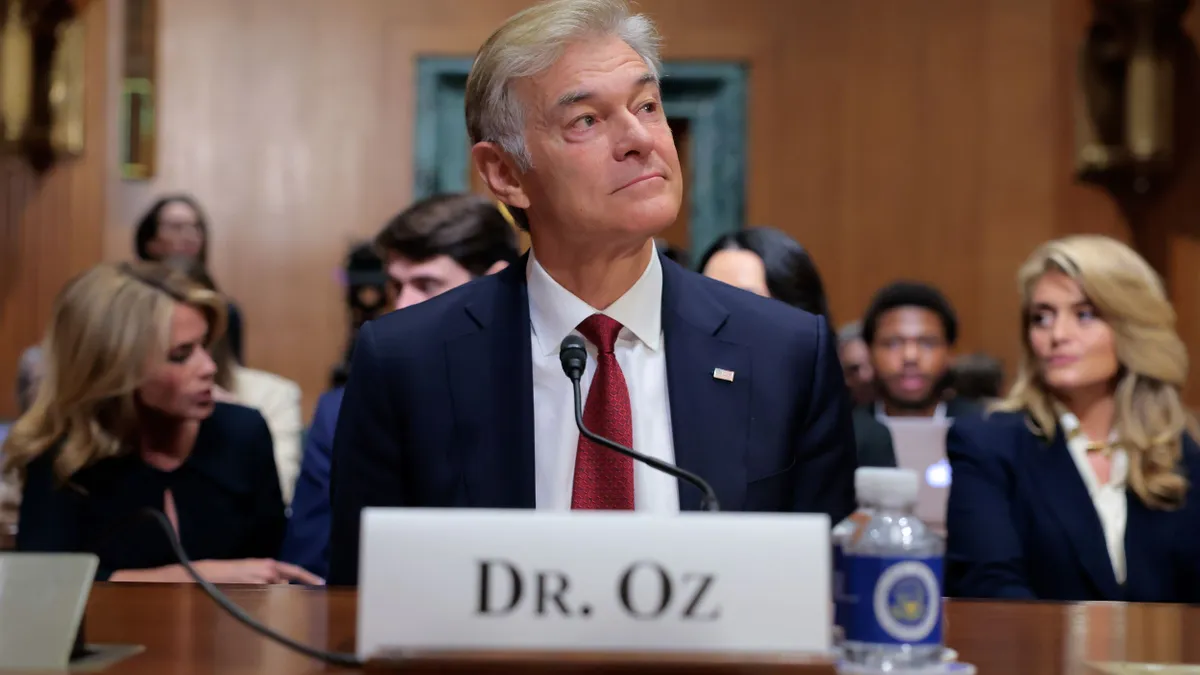Dive Brief:
- Last week, Ardent Health purchased 18 urgent care clinics in New Mexico and Oklahoma from NextCare for an undisclosed price.
- The purchase represents a significant expansion for the for-profit health system, according to a Jan. 3 press release, and follows Ardent’s acquisition of nine urgent care centers in Texas and Kansas last year.
- In an email to Healthcare Dive, a spokesperson for Ardent said the health system plans to acquire more centers this year. “While we do not have a set number, our focus on growing mid-sized urban markets provides multiple opportunities for growth,” the spokesperson said.
Dive Insight:
The current deal includes six urgent care clinics in New Mexico, which will operate under Lovelace Health System, and 12 clinics in Oklahoma, which will operate under Hillcrest HealthCare System. An Ardent spokesperson said that the relationships between Ardent’s subsidiaries and the communities motivated the deals.
“Ardent's affiliated systems in both states have well-established relationships with the community and have long worked to meet the changing healthcare needs of their region,” the spokesperson said. “The expansion in each state is a natural step as we continue to build a more consumer-centered healthcare ecosystem capable of meeting patient needs across a variety of settings.”
Ardent’s recent interest in acquiring urgent care clinics is a departure from the company’s previous focus on its acute portfolio, CEO and president Marty Bonick told investors during the Stephens Annual Investment Conference in November.
“This is our time to play offense, not only to grow our hospital service lines and margins, but also grow out into the ambulatory environment,” Bonick said.
The CEO said both urgent care clinics and ambulatory surgery centers typically have stronger operating margins compared to inpatient facilities, and are experiencing healthy levels of volume growth in Ardent’s key markets. Urgent care clinics can also be an opportunity to introduce new patients to Ardent Health’s ecosystem — potentially generating more lucrative business for Ardent down the line.
“We like them from an access point — the ability to cross-pollinate those patients from those centers into our primary care environment, and then further downstream for the services that they may need,” Bonick said at the November conference.
About 30% of urgent care patients had never been to an Ardent Health facility previously, according to the CEO. Many are repeat customers within the Ardent brand, with more than 10% of urgent care patients using additional services in the next 30 days.
Acquiring or building new outpatient facilities will require increased capital expenditure spending, CFO Alfred Lumsdaine said during the Stephens conference. Currently the health system spends about 3% of its revenues on capital expenditure, however, Lumsdaine expects that number to rise to about 4%.













